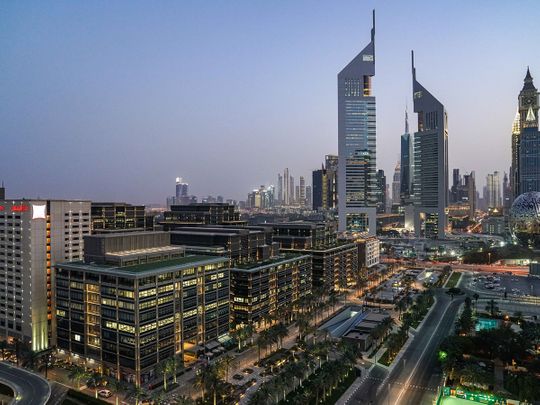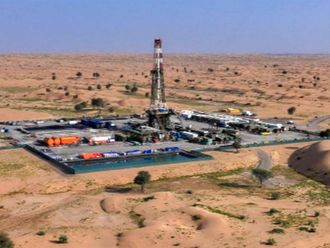
Dubai is the epitome of a city that has swiftly developed into a global metropolis and economic hub, driven by a strong entrepreneurial spirit and a commitment to innovation. Urban development skyrocketed after 2000, powered by a strategy to diversify the economy through several initiatives to develop the real estate sector among others.
A mere two decades later, we’re looking at one of the world’s most dynamic and attractive cities to live, visit and invest in.
When researchers at the Lancaster Environment Centre studied the pace and process of Dubai’s urban development, they cited striking urban growth, particularly between 2003-05, which saw a peak compound annual growth of over 13 per cent. Micro-cities – or cities within cities – emerged through business hubs like Dubai Internet City in 1999 and Dubai Media City in 2000.
Much of this development occurred along the coastline, starting from the north along Sharjah before 2000 and stretching south towards Abu Dhabi after 2000 – the start of the urban boom. We’ve gone as far as to expand beyond the coast through artificial islands, keeping urban centers nestled close to the shores.
As Dubai’s population grows, underpinned by enhancing visa, work and social legislations and the Dubai Economic Agenda D33 – a campaign to consolidate the emirate’s position among the Top 3 global cities – urban development must move further inland to make room for demand.
Renewed investor confidence in Dubai’s real estate sector is stimulating a pipeline of property projects, encouraged by record-breaking demand across the buying and leasing segments. While strategic location and connectivity to urban centers remain essential considerations for residents, property builders must take into account that expanding outwards can accelerate a new chapter in Dubai’s urban development and real estate market.
City infrastructure is expanding southeast to push further the city’s boundaries. Private sector contribution will reinforce those efforts and warrant more significant investment in mobility and accessibility.
A wider landscape for developers
More space will enable developers to construct holistic and inclusive residential communities – in line with the Dubai 2040 Urban Master Plan – including sustainable, multi-purpose living ecosystems incorporating retail and leisure elements – a new era of micro-cities observed in communities like Bluewaters and City Walk.
The availability of more residential properties will also help stabilise prices in the real estate market, where even traditionally affordable neighbourhoods have seen hikes in buying and rental costs. It will redistribute the city’s fast-growing population to reduce congestion and provide a larger spectrum of affordable to luxury housing options, especially as increased volumes of professionals relocate to Dubai for opportunities. Developers will be able to better address the rising demand for green spaces, from community parks to landscaped environments, furthering Dubai 2040’s vision.
Inevitably – and possibly as rapidly as Dubai’s first stage of urban development – the ‘heart’ of Dubai will shift. The zones characterised as the city’s centers will change. Imagine, instead, a city with many hearts, ensuring that all residents and communities are equally connected to vibrant lifestyle, retail and service hubs that centralise resident needs.
Strategic locations
Considering limited development spaces in or near the coast, embracing new areas inland is the way forward. With Dubai’s propensity to build and enhance highly connected road networks, strategic locations become subjective.
People’s preferences for space, green landscapes, and convenient access to daily amenities, including schools, retail and medical services, are critical deciding factors. Developing communities that actively account for consumer demands can unlock sustainable profits for developers and managers while also boosting confidence and growth in the real estate market.
What feels away from the heart today may well be the heart of Dubai tomorrow. To unlock this future, meet the rising demand for quality resident centric communities and reinforce Dubai as a global city, moving deeper inland is non-negotiable.









